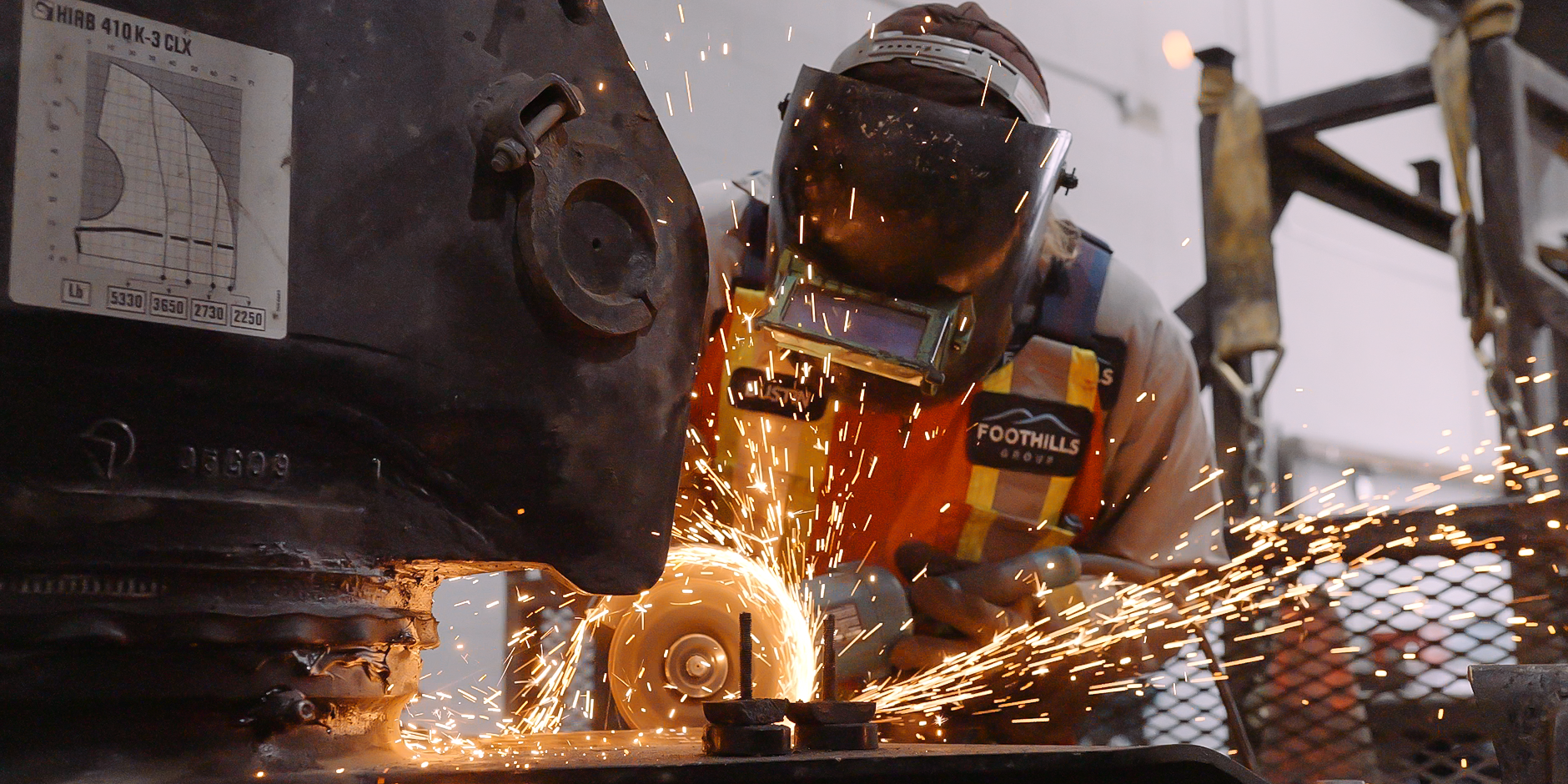
Top 10 Must-Have Features in Heavy-Duty Shop Management Software
Running a heavy-duty repair shop isn’t just running a bigger version of a car garage - it’s running a different business entirely. From semi-trucks and buses to fleet accounts and off-highway equipment, the scale, complexity, and compliance requirements make manual tracking and generic auto repair tools a liability. You’re managing 50,000-pound vehicles, tight turnarounds, and razor-thin margins. If you’re still using a whiteboard, sticky notes, or a system built for sedans, you’re losing time, money, and opportunities.
The right heavy-duty shop management software can fix that. It doesn’t just organize your day - it scales your entire operation. Below are the 10 must-have features every independent or mid-sized truck and equipment shop should demand when evaluating platforms. We’ll also include red flags to avoid, real-world ROI examples, and a comparison of popular tools like ShopView, Fullbay, R.O. Writer, and Mitchell1.
Let’s get into it.
1. Work Order Management (From Estimate to Invoice)
At the heart of any shop is the work order. The best software manages it end-to-end - from the moment a customer calls, through diagnosis, parts assignment, labor tracking, approvals, and final invoicing.
Look for features like:2024
- Digital templates for common jobs (brakes, PMs, inspections)
- Photo & document attachments (techs can snap pics on a tablet)
- Time-stamped activity logs
- Auto-calculations for labor rates, taxes, and discounts
ROI Example: A shop using ShopView reported completing work orders 30% faster than with their previous paper-based system - meaning they got more jobs done daily and billed more accurately.
2. Inventory & Parts Management
If parts aren’t on hand, trucks don’t roll- and that means lost revenue. Your software should:
- Track real-time parts levels
- Support multi-location inventory transfers
- Auto-reorder critical items
- Manage cores, special orders, and returns
Look for integrations with vendors like FleetPride, NAPA, or OE catalogs. Some systems even allow ordering parts directly through the work order screen.
Bonus: Real-time inventory prevents “ghost stock” situations - where a part is marked in-stock but isn’t actually on the shelf.
3. Technician Scheduling & Time Tracking
Bays are revenue centers - but only when jobs are moving. Your software should:
- Offer drag-and-drop dispatch boards
- Show tech availability at a glance
- Allow clock-in/out on individual jobs via tablet
- Log “wrench time” versus idle time
Many shops discover they’re missing hours of billable labor every week until software exposes the gaps. With tech time tracking built-in, you’re capturing every bolt turned.
4. Reporting & Real-Time Analytics
You can’t fix what you can’t measure. Your platform should let you track:
- Daily revenue, by tech or job type
- Profit margins on labor and parts
- Fleet maintenance compliance
- Turnaround time & come-back rates
Advanced dashboards let you log in and see today’s open jobs, overdue PMs, low-stock parts, and more. It’s like having a full-time analyst in your back pocket.
5. DOT, DVIR, and IFTA Compliance Tools
This is where auto-shop software falls flat. Heavy-duty repair operations must track regulatory requirements like:
- DOT inspections
- DVIR defect resolution
- IFTA mileage/fuel reports
- Emissions checks and PM intervals
Top platforms integrate with Whip Around or other DVIR apps so defect reports automatically generate work orders. That’s a huge time-saver and compliance win.
Pro tip: Offer fleet clients reminders for DOT/PM due dates. It makes you invaluable and drives repeat business.
6. Mobile & Field Tech Support
If your techs leave the building - so should your software. A good system supports:
- Cloud access from tablets and phones
- Roadside/field repairs with mobile work orders
- Photo uploads from breakdowns
- Digital signatures and approvals on-site
Offline capability is a bonus if you’re often in remote areas. Mobility = fewer delays, faster jobs, better communication.
7. Integrations with Fleet, Telematics, and Accounting Tools
Your shop software doesn’t need to do everything - but it should talk to the tools that do. Look for:
- QuickBooks/Xero integration
- Telematics pull-in (fault codes, odometers)
- DVIR platforms
- Parts catalogs (OE and aftermarket)
- Maintenance APIs for large fleets
Without integrations, you’ll spend hours retyping data - or worse, missing it entirely.
8. Customer Communication Features
Heavy-duty clients need updates. Your software should:
- Enable 2-way texting from within work orders
- Send real-time job status updates
- Allow digital approvals (no more paper)
- Offer customer portals to track unit history
Photos of worn parts or completed repairs build trust. Notifications when units are ready prevent yard backups. And reminders for scheduled PMs keep your bays booked.
9. Multi-Location & Multi-Bay Management
Even if you only run one shop today, the future could involve:
- A second branch
- A mobile service unit
- Night shifts with different managers
Choose software that supports multiple locations and allows you to share inventory, customers, and reporting across the business. You want one system - not five disconnected ones.
10. Cloud-Based, SaaS-Delivered Platform
In 2025, your software should be:
- Cloud-based (access anywhere)
- Auto-updated (no patches or servers)
- Mobile-friendly
- Secure (encrypted backups)
SaaS also means scalability - you can grow without replacing your system, and pay monthly instead of sinking cash into servers.
Red Flags to Watch Out For
- Auto-shop focused software with no DVIR or PM tools
- On-premise systems with no mobile access
- UI that looks/acts like it’s from 2005
- No API or integrations = dead-end
- Long-term contracts or unclear pricing
- Clunky support or training fees
If the software can’t show you how it handles fleet compliance or DVIRs during a demo - it’s not made for your shop.
Final Word: Choose Software That Matches the Trucks You Work On
Heavy-duty shop management software isn’t just a digital tool - it’s the operating system of your business. It determines how well you handle work orders, parts, compliance, and customer service. If it’s not purpose-built for heavy-duty, you’re constantly adapting and compensating - and that costs time and money.
Choose a platform that was made for your size, your workflow, and your market. Invest in tools that reduce chaos and drive revenue - whether you’re a 3-bay local shop or a growing multi-branch operation.
Ready to evaluate platforms? Use this checklist. And don’t just ask what the software does - ask what it saves.
Time. Errors. Missed revenue. Comebacks.
Because those are the costs you can’t afford to ignore.
.png?width=1500&height=1500&name=11%20(1).png)








.png?width=1500&height=1500&name=1%20(1).png)

%20-%20Copy.png?width=1500&height=1500&name=2%20(1)%20-%20Copy.png)


.png)
